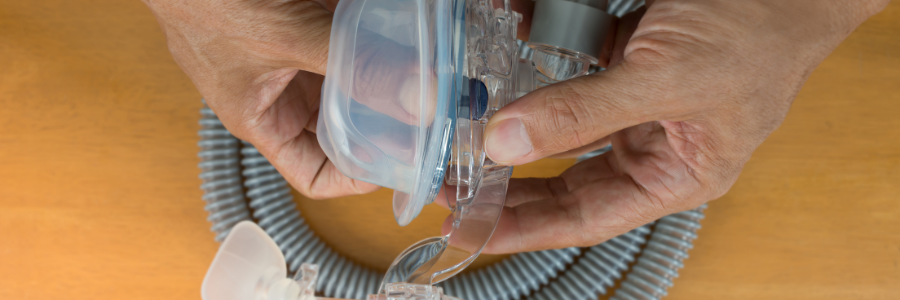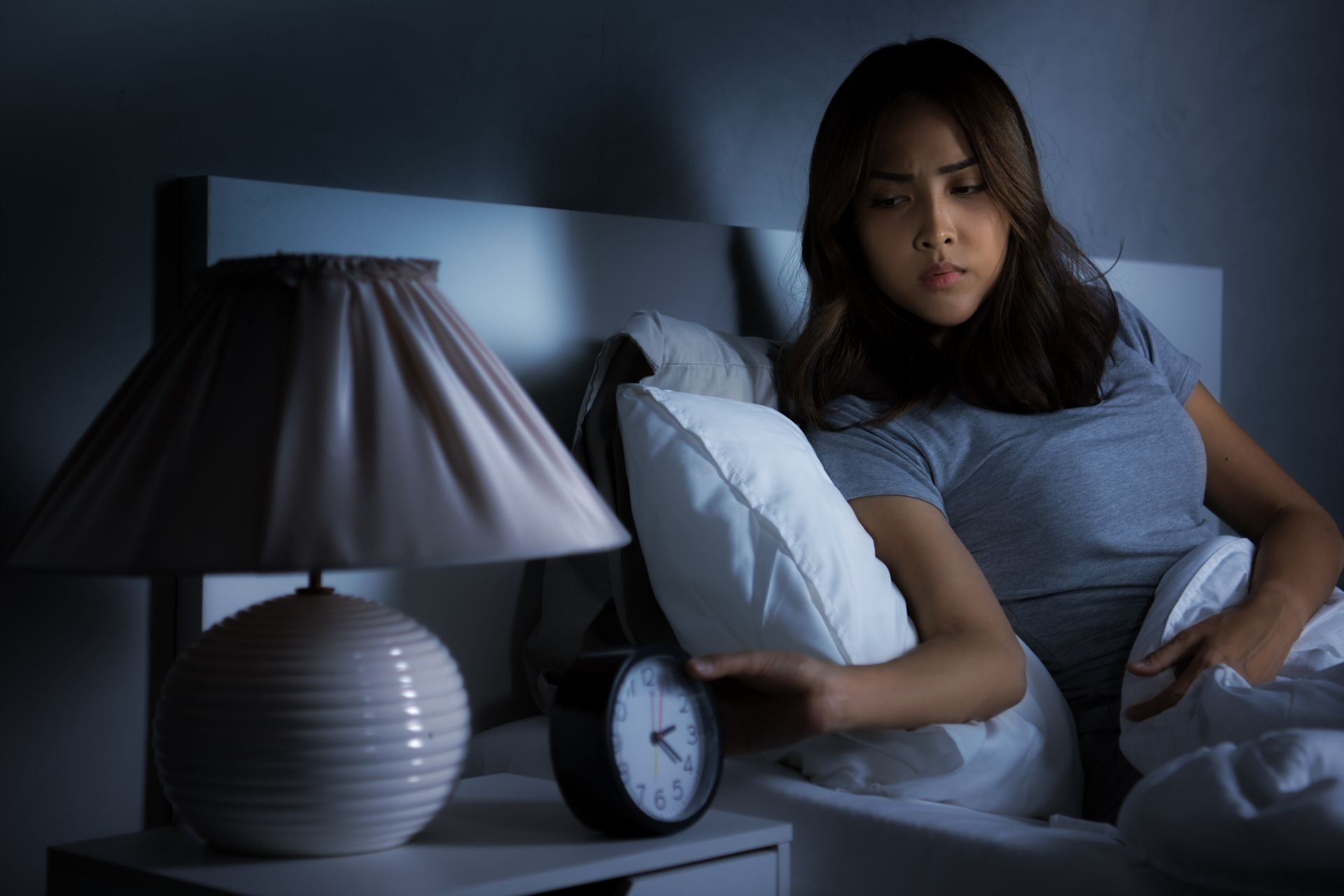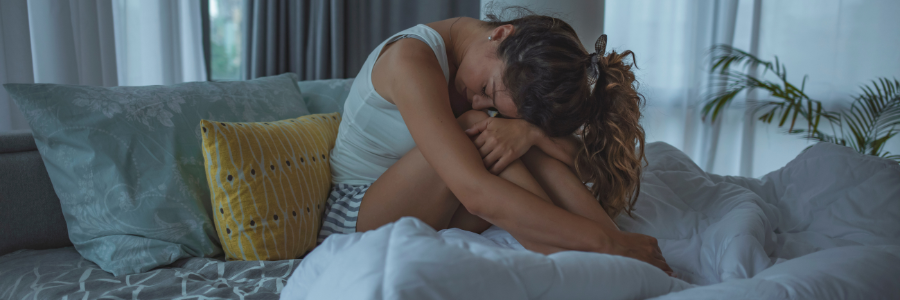How to Create a Sleep-Friendly Bedroom: 10 Tips for Better Rest

If you're struggling with poor sleep—or you're treating conditions like sleep apnea, insomnia, or daytime fatigue—your bedroom could be part of the problem.
The truth is, even the most effective treatment (like a custom sleep appliance) won’t work as well in a space that’s working against you.
In this post, we’ll walk through how to create a sleep-friendly bedroom that promotes deep, restorative rest—whether you’re managing a sleep disorder or simply looking to sleep better.
1. Keep It Cool
Your core body temperature naturally drops at night to help you fall and stay asleep. Help it along by keeping the bedroom between 60–67°F
A cooler room = deeper sleep and fewer nighttime awakenings.
2. Block Out Light
Even low levels of light can disrupt melatonin production—the hormone that helps you fall asleep.
Tips:
- Use blackout curtains
- Cover LED lights on electronics
- Avoid nightlights unless necessary (use red-toned ones if needed)
3. Eliminate Noise (or Mask It)
Unwanted sounds can cause micro-awakenings that fragment your sleep.
Options:
- Use white noise machines or calming nature sounds
- Consider earplugs if your partner snores
- Address snoring at the source with oral appliance therapy
4. Choose the Right Mattress and Pillows
The wrong mattress can put your body in poor alignment and worsen snoring or sleep apnea.
Look for:
- Medium-firm support
- A pillow that supports neutral neck positioning
- Consider adjustable bases if you need to sleep on an incline for breathing ease
5. Ditch the Screens
TVs, phones, and tablets emit blue light, which tricks your brain into thinking it’s daytime.
Try this:
- Set a “digital sunset” an hour before bed
- Use blue light filters or glasses if screen time is unavoidable
- Keep phones out of the bedroom
6. Keep Air Clean and Comfortable
Dust, allergens, and dry air can all worsen airway resistance at night.
Solutions:
- Use a HEPA air purifier
- Change your air filters regularly
- Consider a humidifier if your home is dry
7. Make It a Screen-Free, Stress-Free Zone
Use your bedroom only for sleep and intimacy—not for work, scrolling, or arguing. This helps your brain associate the space with rest.
8. Add Calming Scents
Essential oils like lavender, chamomile, or bergamot can promote relaxation. A small diffuser on your nightstand is all you need.
9. Declutter Your Space
A cluttered bedroom creates subtle stress. Clear surfaces, calming colors, and simple décor can ease your mind as you settle down.
10. Make It Personal—But Peaceful
Choose calming colors (blues, greens, neutrals), soft lighting, and cozy textures. The more you love your sleep space, the more your body will respond to it.
Why Your Sleep Environment Matters—Especially with Sleep Apnea?
If you or your partner is living with obstructive sleep apnea (OSA), the right bedroom setup can boost the effectiveness of your treatment—whether you’re using CPAP or a custom oral appliance.
Improving your sleep hygiene and environment is an essential part of getting results.














